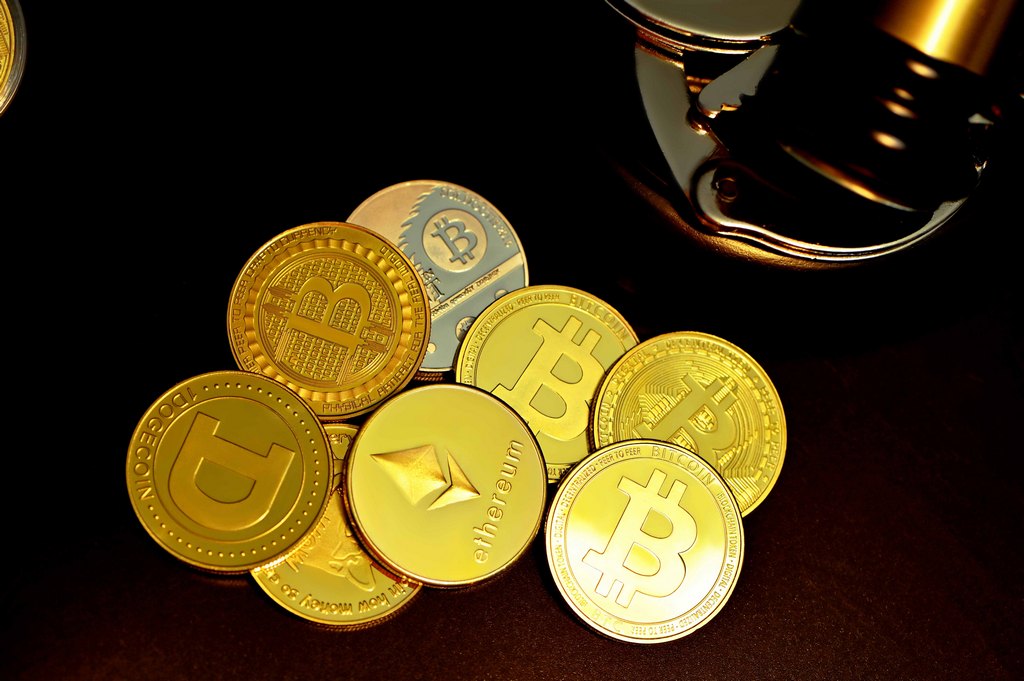Did you know that mechanical Point of sale (POS) systems have been around since at least 1879? Electronic POS systems were introduced in 1973 – which, depending on how old you are, doesn’t seem that long ago! The 1980s ushered in the digital age, which has brought us to an inflection point of exponential growth opportunities thanks to innovations in quantum computing, artificial intelligence, nanotechnology, and neuroscience. These developments promise to deliver more than business growth, they have the potential to yield dramatic leaps in human well-being.















